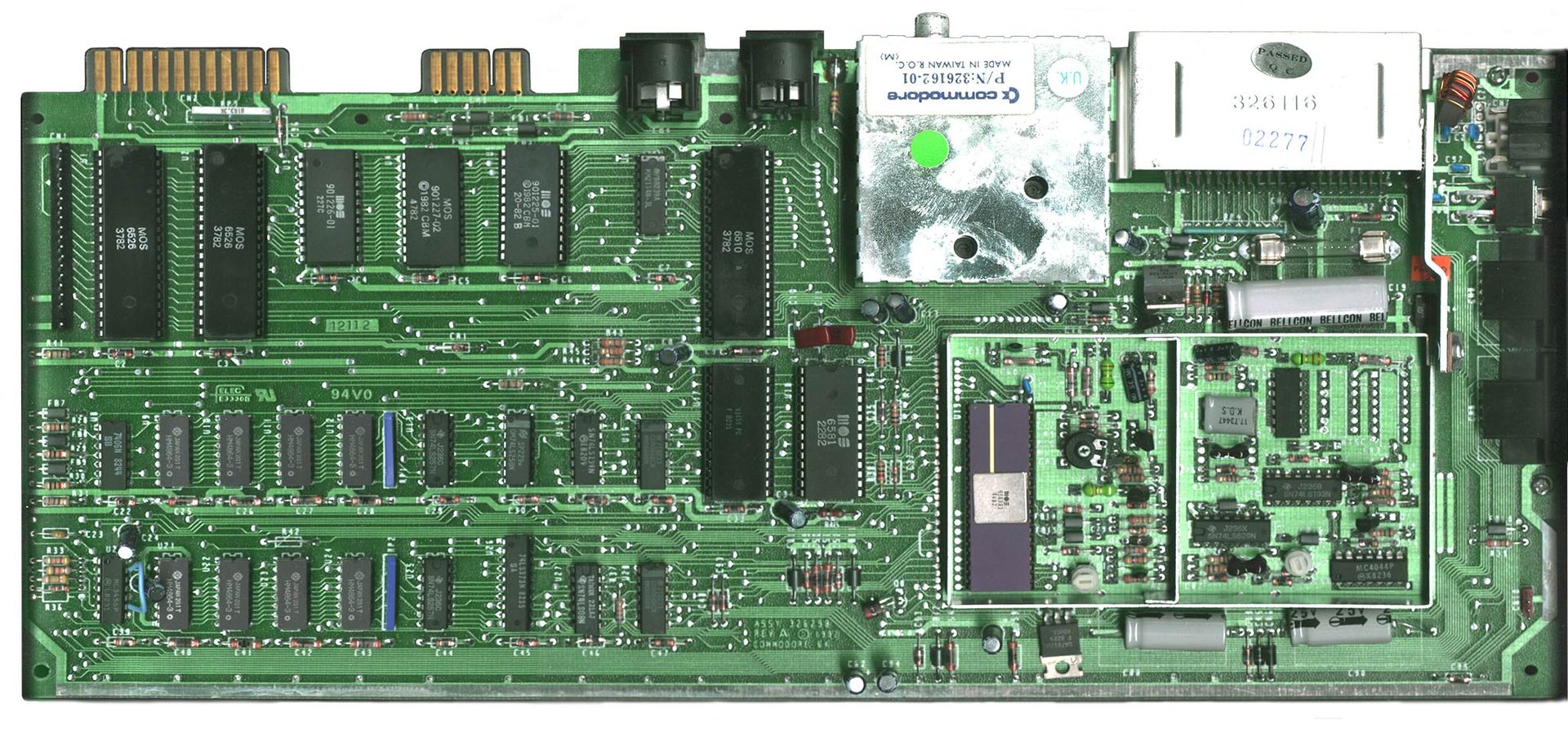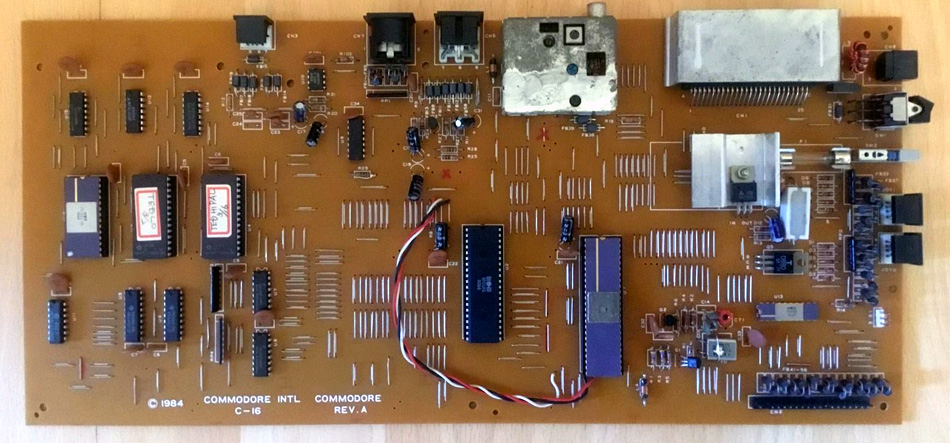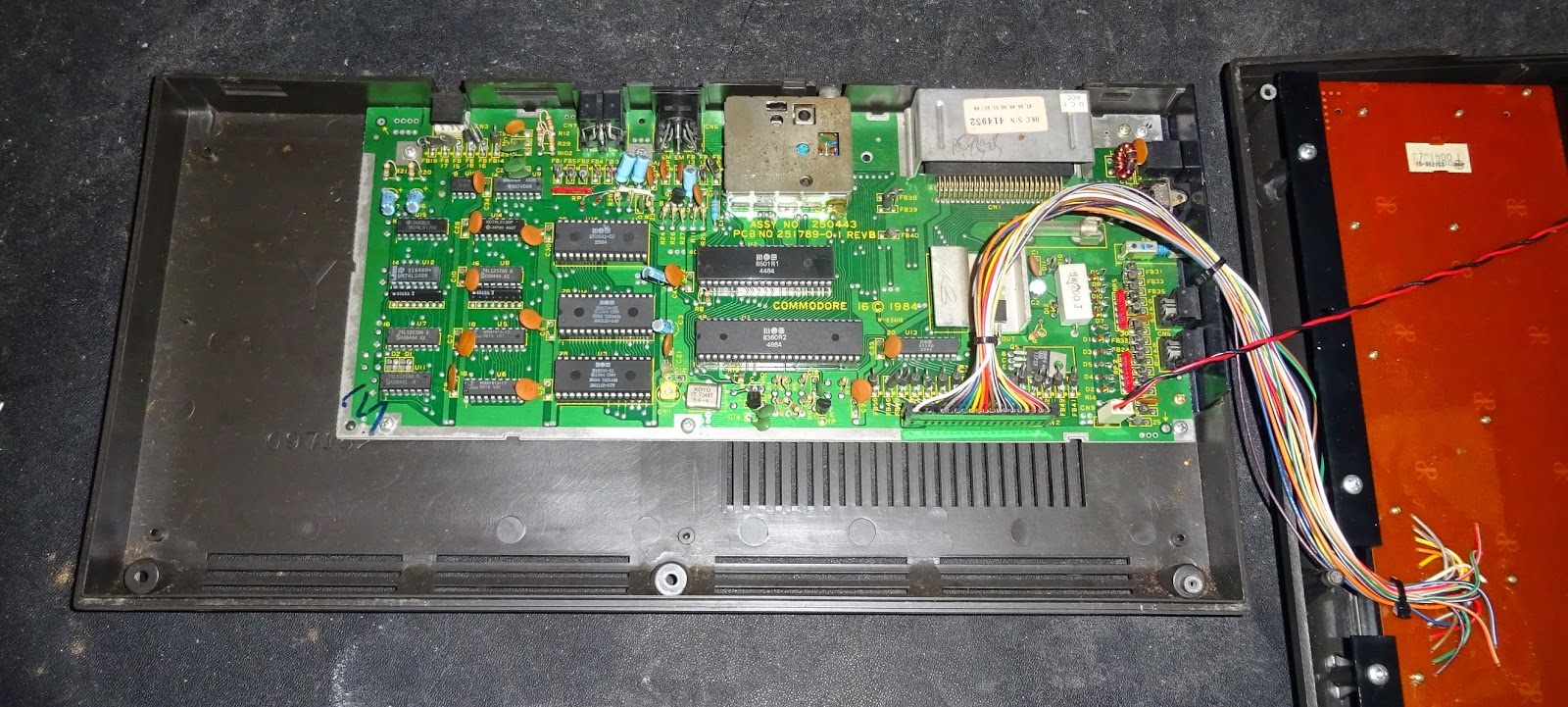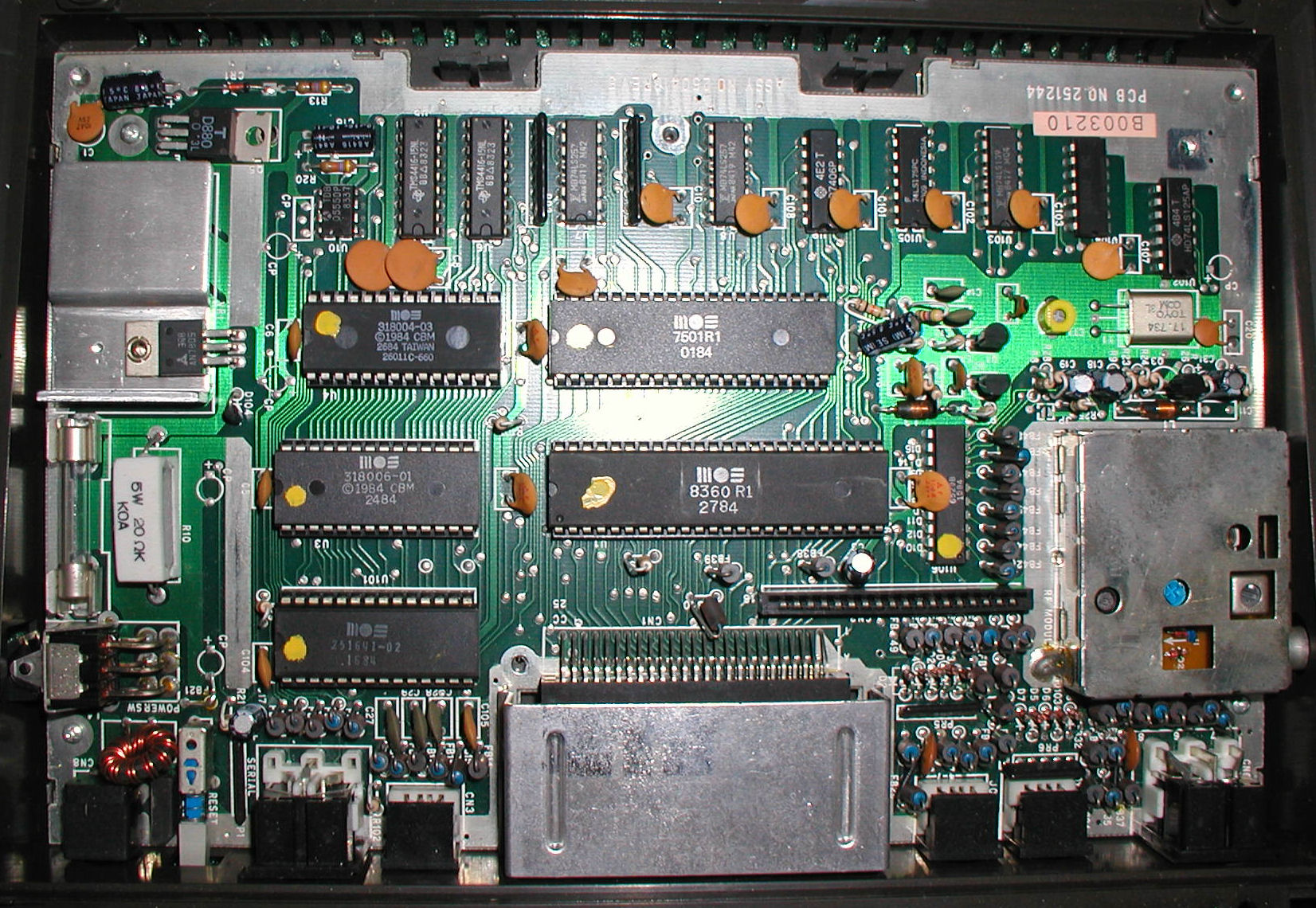Chiclet keyboard. (But the full travel keyboard had been considered cheap enough for the Vic-20.)
That was not only at a different price level, but also a different time. After the ZX80 (and ZX81) was introduced, the US home computer industry was in shock.
The VC-20 was introduced in 1981 at 300 USD where the ZX81 was just 70 GBP or (at that time) roughly 150 USD (*1). The C64 started out at 600 USD and dropped soon to 400, but the ZX Spectrum, introduced about the same time, started out at below 220 USD for 16 KiB and still below 300 USD for 48 KiB. These were killer prices, hard to compete with.
And Sinclair machines made huge inroads in Europe (*2), especially in England (*3).
Project Fear for US manufacturers.
They all expected many more similar computers to come - especially other low-end machines from the Far East. Think Jupiter Ace, Your Computer, various VTech VZ-Laser series, SORD M5 or EACA's Colour Genie.
All tried to come up with something to compete. Tandy who had introduced the already price-sensitive designed Color Computer at a quite competitive (with the C64) 399 USD, went ahead and created the MC-10 to go even lower and managed to offer it at 120 USD - a ZX Spectrum alike machine at a ZX81 price (*4). Commodore's bet was the 116. Their goal was, like with Tandy, not just cost cutting, but cost cutting to the absolute bottom. Going on par with or below Sinclair's offer.
US companies as well tried to jump the train - like Mattel's Aquarius or Spectravideo's SV-318 (as a low price variant of the SV-328). In many ways this race to the bottom (price-wise) was what initiated the home computer wars. A large number of companies competing over a not as much growing market ... and Commodore as a Behemoth smashing everyone else.
particularly when looking at the estimated bill of materials for the 64
So how was the 116 so much cheaper?
Well, taking the Wiki list makes it rather obvious:
- 0.30 | 2 instead of 3 ROM
- 1.50 | 2 instead of 8 RAM
- 4.00 | No SID
- 0.00 | TED instead of VIC-2
- 6.00 | No CIA instead of two
- 0.00 | Same CPU
- 2.00 | 8 instead of 14 TTL
- 5.00 | Lower priced Keyboard
- 1.00 | Half size PCB
- 1.00 | Smaller Plastic Case
- 5.00 | Wall-Wart instead of Power Brick
-----
-25.80 USD
(Price for the CIA is an assumption of 3 USD per chip, somewhat half way between the CPU and the SID/VIC mark. Price for the rubber keyboard is set at half the C64, but might be dramatically lower. Similar for the power supply, but as this point includes cables, let's go with half.)
So 25.80 USD less is like a 40-50% price reduction compared to a C64. I'd call that great savings.
How much reduced it is shows a comparison between the C64 and C16 boards:
C64 board:
 (Picture taken from Wikipedia)
(Picture taken from Wikipedia)
C16 prototype board:
 (Picture taken from C64-Wiki)
(Picture taken from C64-Wiki)
This prototype board is the same size as the C64 and gives a good impression how much fewer parts the C16 uses. It also shows an attempt to go for a single sided PCB to save even more.
C16 production board
 (Picture taken from Tynemouth Software)
(Picture taken from Tynemouth Software)
For production they did go double sided again, but with a reduced board size to save cost due to size and the missing need for wires.
C116 board
 (Picture taken from Vintagecomputer.net)
(Picture taken from Vintagecomputer.net)
The C116 board was again more tightly packed to fit the smaller case (and save even more).
*1 - Half a year later it was more like 110 USD due the steep drop of the GBP.
*2 - Well, US manufacturers did help a bit by selling their machines in Europe with an even higher margin - for example in Germany the C64 was introduced in 1983 at 1500 Mark - that's about 600 USD - at a time when the US sales price was already below 400 USD.
*3 - Which in turn always got more coverage than other European countries - so it may have seemed even more frightening.
*4 - Its real drawback, which eventually killed it, was a missing compatibility with the CoCo. To cut the price as low as possible the (relatively) expensive 6809 was replaced by a 6803 with built-in ports. Bad decision.



